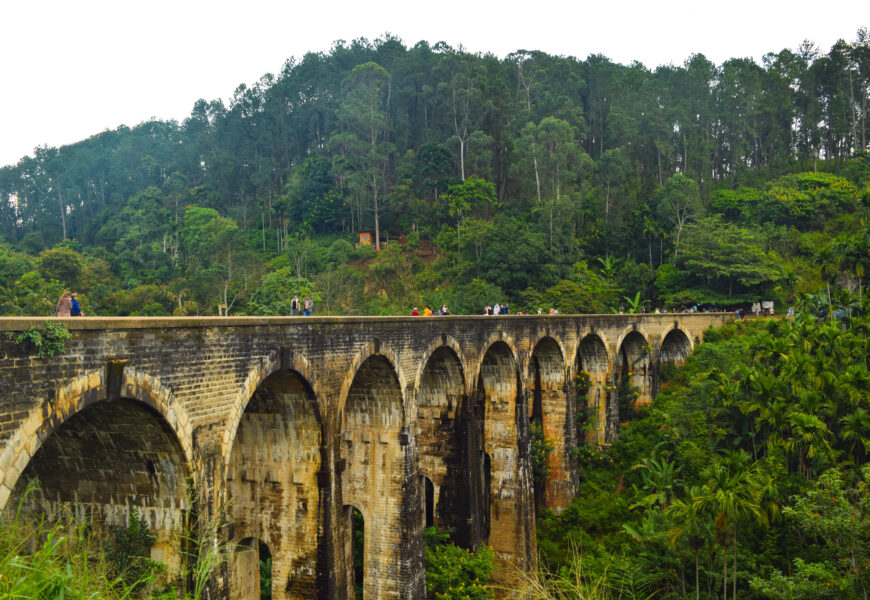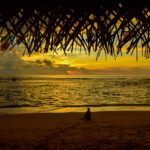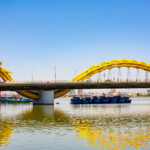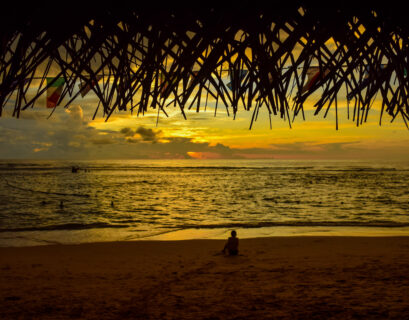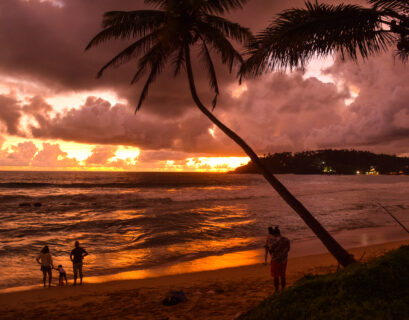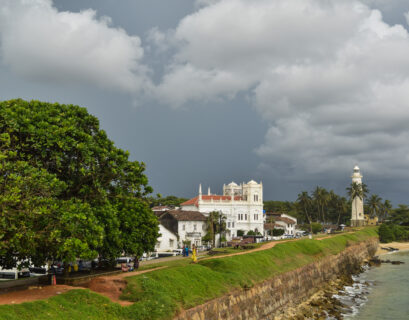Sri Lanka is a treasure trove of culture, bursting with vibrant traditions, mouthwatering cuisine, and breathtaking landscapes that range from lush tropical forests to golden, sun-drenched beaches. It’s no wonder this island nation has earned the sobriquet of the ‘Pearl of Asia’. As you journey through its diverse terrains, you can’t help but marvel at how such stunning natural variety is packed into such a small island.
After overlooking Sri Lanka for years, I finally decided to make the trip—almost on a whim—following a long conversation with a close friend. I ended up borrowing much of her itinerary (why fix what’s already great?), but added a few extra stops of my own, thanks to some extra days I had to explore at a slower pace.
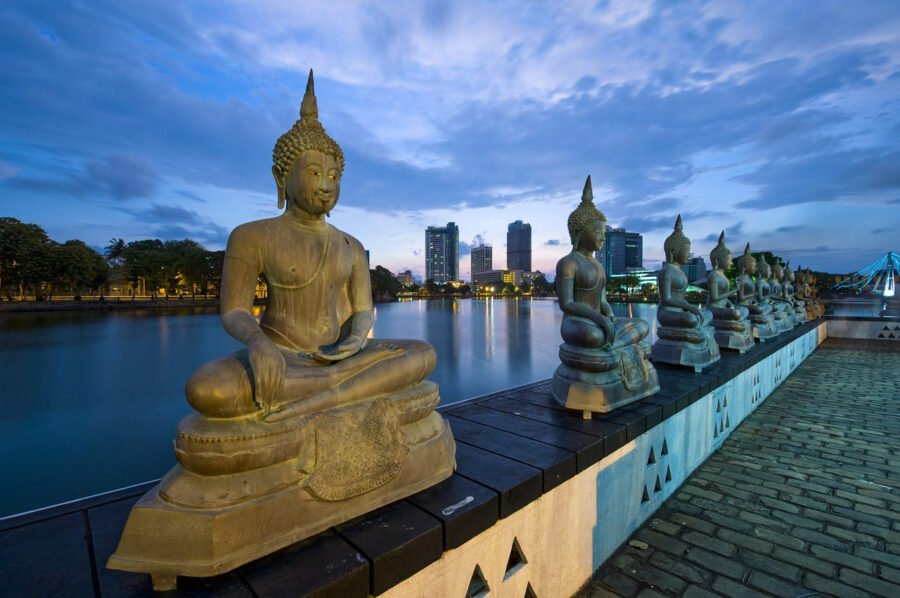
Sri Lanka is one of those rare places where the journey itself becomes part of the adventure. Its slow-paced trains chugging through the Central highlands, rolling tea plantations, or running parallel to the Indian Ocean, add to the charm of travelling. You can also hire a car, and cover the island, breathing in the marvels, stopping at random stops to go click frenzy. But having tried both, I’d say nothing compares to the magic of the train. It may be unhurried, but that’s exactly its charm—an experience steeped in sights, sounds, and stories that unfold with every mile.
I had around 12 days with me to explore Sri Lanka. I can surely say that it’s just not enough to feel the vibe and intimacy of this island nation, but it’s just enough to catch a glimpse of its many moods. So, here’s the itinerary that I followed –
Day 1 – Colombo
In all possibilities you’ll flying in and out of Colombo. And that’s why I kept my first day and the last for the capital city. Try to get your accommodation near the Railway Station and the bus station. Most of the tourist attractions are also nearby.
Colombo is a city of contrasts, shaped by its colonial past, dynamic present, and ambitious future. And Colombo is a good start to breathe in the cultural and culinary tapestry that Sri Lanka offers. I kept my first day to explore the spiritual side of Colombo. Among its most iconic landmarks is the Gangaramaya Temple, a Buddhist place of worship that stands as one of Colombo’s most prominent attractions. Built in the 19th century, this temple combines Thai, Chinese, and Indian architectural styles, captivating visitors with its intricate details and serene ambiance. Just across from Gangaramaya lies the Seema Malakaya Temple, a tranquil sanctuary floating on Beira Lake, designed by the renowned architect Geoffrey Bawa. This modern yet spiritual retreat, in the middle of a lake, offers a peaceful escape amidst the bustling city.

At a stone throw away distance from there is the Pettah’s Red Mosque – a marvel of Indo-Saracenic architecture. The mosque is famous for its striking red-and-white façade and unique pomegranate-shaped domes, and is a testament to Colombo’s diverse cultural tapestry and architectural brilliance.
Now that you are in Pettah, make a dash for the floating markets of Pettah. Once a swamp with run-down houses, the Pettah floating market now makes for a beautiful shopping destination in Colombo. This market features around 90 stalls selling authentic and local produce and handicrafts, ranging from fresh fruits and vegetables to electronics, art and craft pieces, clothes and jewellery. The market is built over the Beira Lake and offers a serene shopping experience amidst the city’s vibrant chaos.
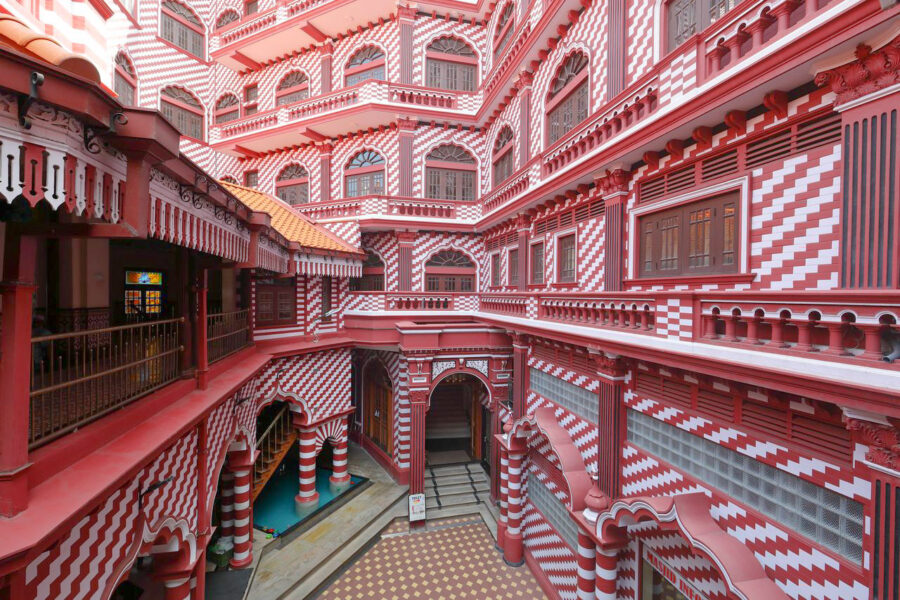
Depending on how much time you have left – make way to the Galle Face Green – a beachy escape from the city’s loving chaos. And though Colombo is but a dwarf in comparison to other beach locations in Sri Lanka, the Galle Face Green is quite a relief in the evening and nighttime.
One thing that totally stands out in Colombo is the cleanliness on the road.
Read my full blog here: Colombo: A sunlit escape
Day 2: Kandy
This would perhaps be your first train journey in Sri Lanka. An early morning express chucks its way from the plains of Colombo towards the Central highlands. Oh! By the way my friend who lent me her itinerary had missed Kandy. “It’s just another city—prettier, perhaps, but still just a city,” she said. But I took my chances as Kandy isn’t just a city but also a gateway to the spiritual slice of Sri Lanka. And Kandy isn’t just another city; it’s an experience – to start with, it’s cooler and hillier, and a gorgeous ornamental lake in the middle of the town. And Kandy has history – and a lot of stories.
My first stop in the town was the Sacred Tooth Relic temple. Your day will start with all the fascinating tales of the temple, and how Kandy was the last royal kingdom of Sri Lanka (read my blog on Kandy for all the interesting stories).
The temple ticket also includes entry to the surrounding museums. Within the complex, you’ll find a large Buddhist Museum showcasing fascinating collections of artifacts, historical insights, and photographs tracing the spread of Buddhism across South and Southeast Asia. Another museum is dedicated to the cultural emblems and heritage of the Temple of the Sacred Tooth, offering a deeper glimpse into its spiritual and historical significance. Do explore the nearby elephant sanctuary within the same compound.
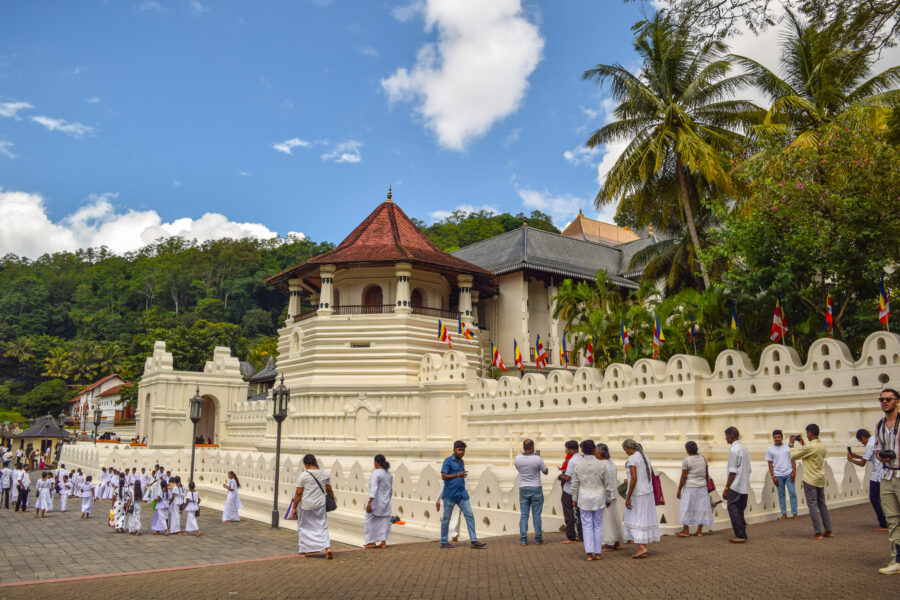
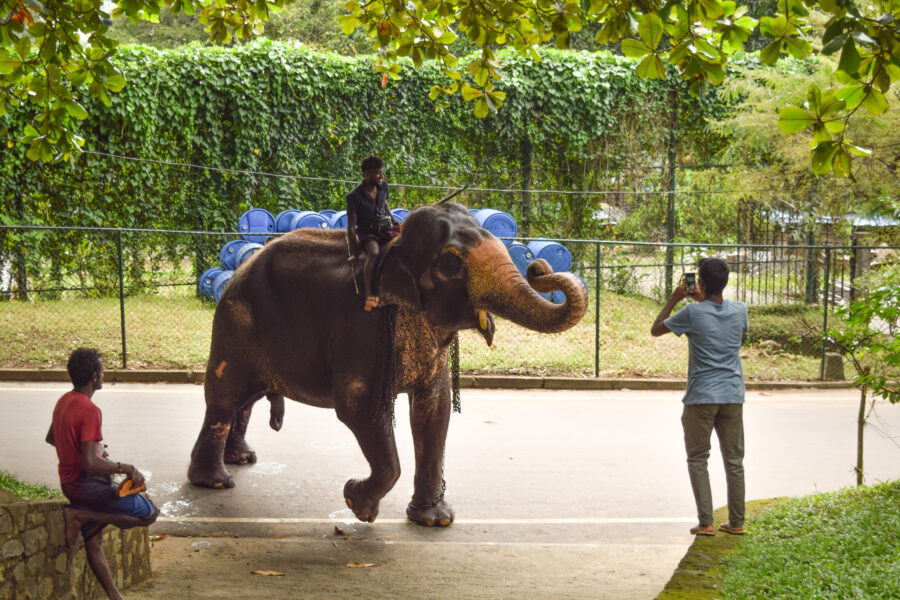
The whole trip will easily take half your day. Spend the rest of the day exploring some other stops in the city. You can pay homage to the guardian of the city at the Bahiravokanda Vihara Buddha temple at a hilltop, explore the tea museums, or take a trip to the Royal Botanical Garden in Peradeniya, SriLanka’s largest and most stunning botanical garden.
If nothing else on mind, take a nice walk around the Kandy Lake and the markets around it. Kandy has some great bakeries for some sweeter indulgences.
Read my full blog here: In the kingdom of Kandy
Day 3: Dambulla
If you think we are going too fast, Kandy is a great place to rest for a day. The Royal Botanical Garden in Peradeniya are amazing, and you can easily spend hours in this green refuge. You can also go on a hiking to the Udawatta Kele Sanctuary. Both are just 10-20 kms from the city and can easily be covered in a day on a Tuk-Tuk.
And if you are little curious like me to travel further to the Spiritual north, then hop on a bus to Dambulla. A two-hour bus ride takes you to Dambulla – and its famous cave temples. Dambulla flourished as a major spiritual junction between Kandy and Anuradhapura. And the journey between Kandy and Dambulla is as scenic as you can imagine. The route, approximately 70 kms, passes through spice gardens, and tranquil lakes.
Dambulla is chaotic – a large market town in all essence. The UNESCO World Heritage-listed Dambulla Cave Temples are just a short distance from the main city. The Dambulla caves are a series of five caves which have been converted to shrines. As you climb the 364 steps to reach the entrance, the panoramic views of lush greenery and distant hills mesmerize you. But the real marvel lies inside—five ancient caves, which have all transformed into intricately adorned shrines. The walls are adorned with vibrant murals, narrating stories from Buddha’s life, adding to the spiritual and historical richness of the experience.

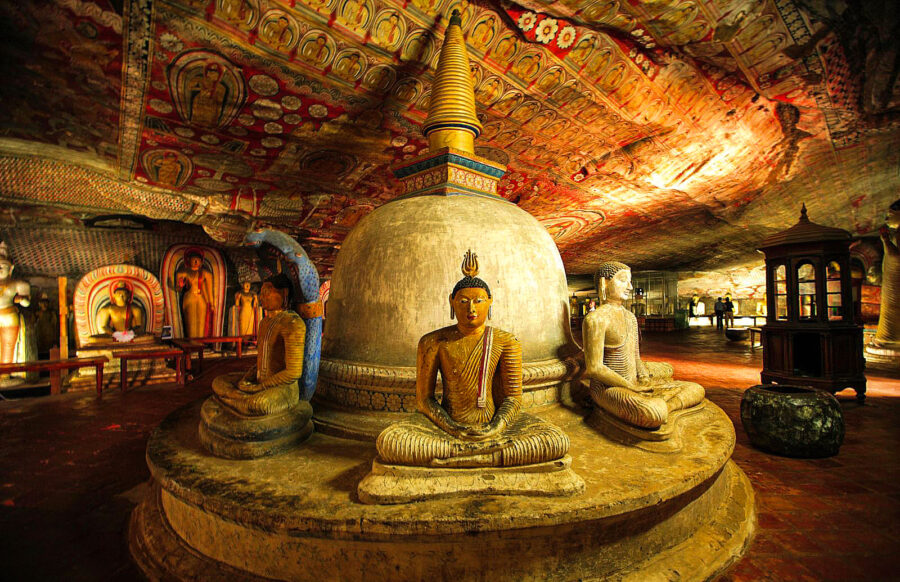
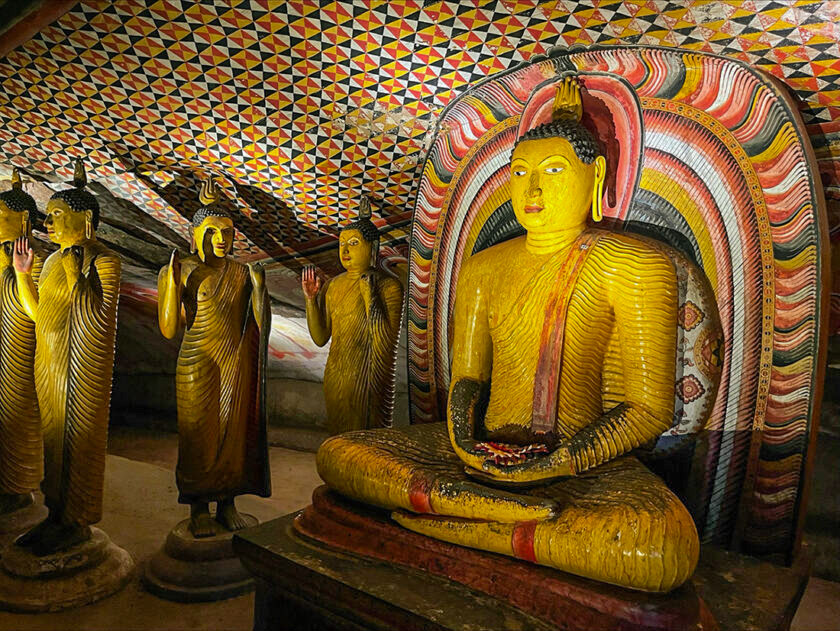
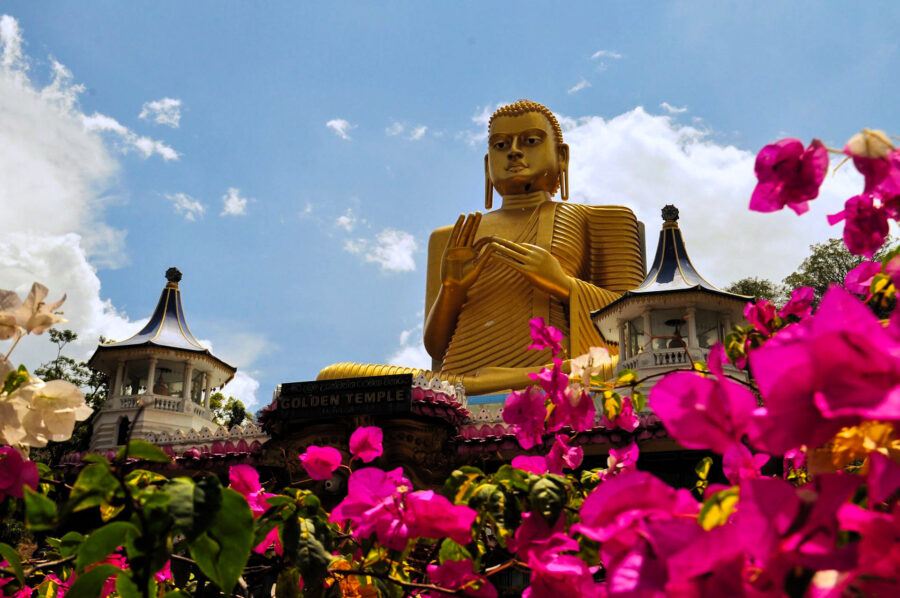
Every inch of the cave resonates with devotion and spirituality. The stillness around you, combined with the rhythmic murmurs of prayers, take you on a transcendental journey. The murals, and the statues stir emotions, and makes you feel connected to something far greater than yourself.
Another 16 kms from Dambulla is Sirigriya. I couldn’t go there because of the unprecedented heavy rains, but I will recommend squeezing in your day to cover both the places. Leave early morning from Kandy to Dambulla, explore it before noon, and then keep the evening for Sirigriya.
Read my full blog here: The philosophy of the Buddhist cave temples of Dambulla
Day 4 & 5: Nuwara Eliya
The day 4 is to take the famed train journey from Sri Lanka to Newara Eliya. This four-hour journey through the rolling tea plantations to hill country of south-central Sri Lanka, is rated among the most scenic train journeys in the world. The journey is an adventure, and the destination – a colonial town straight out of the fairy-tale book with cool weather, and picturesque landscapes. Nuwara Eliya is so green and peaceful that it takes a heart to believe that its real. Nuwara Eliya is a petite town but packed with attractions. But even walking around the town marvelling at its Tudor style mansions, rolling tea gardens, lush parks, meadows, and cricket fields, is an activity. The air is heavy, always laden with moisture, crisp, and carries an air of escape.

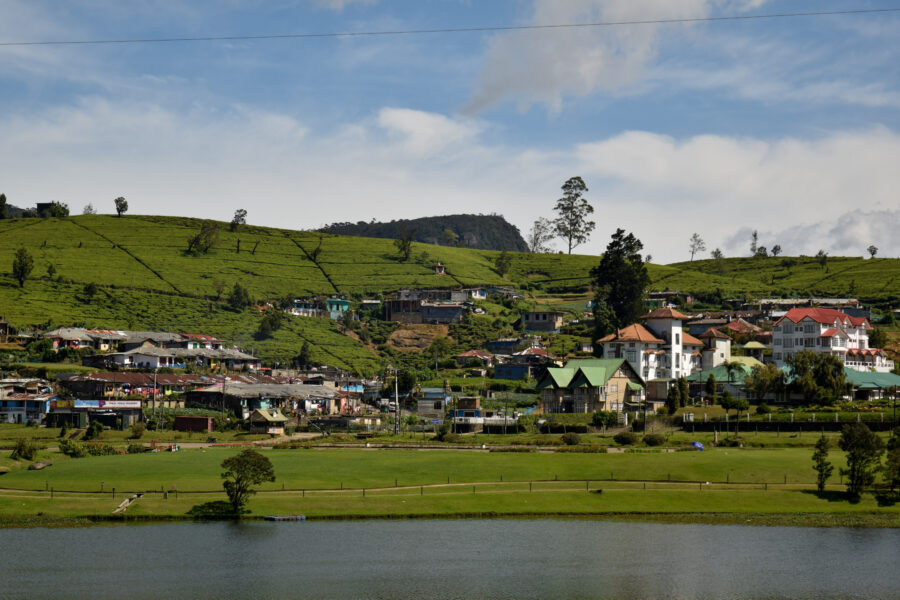
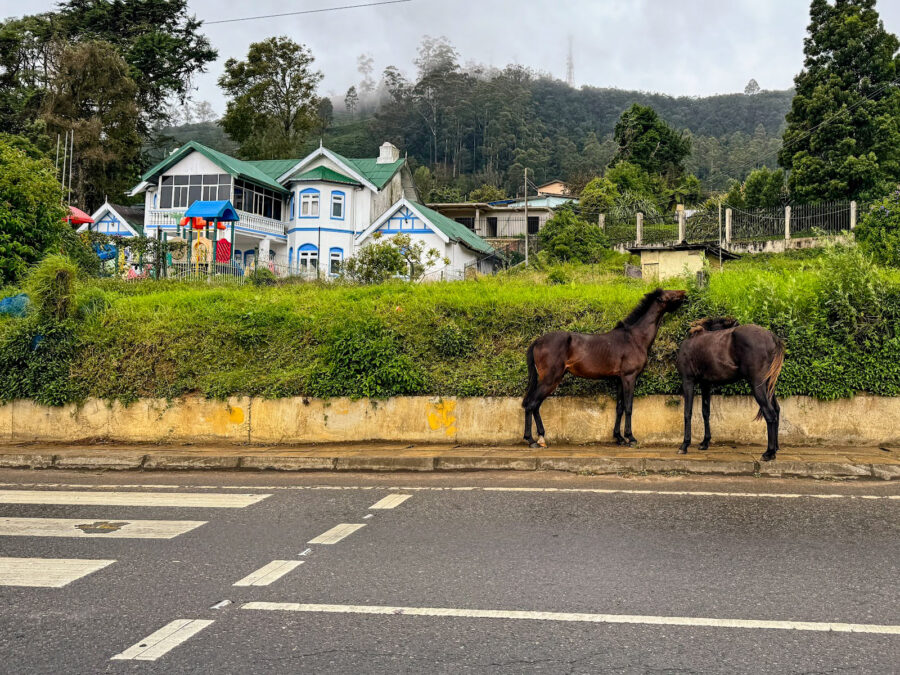
Nuwara Eliya was built for the homesick servants of the British crown, as an escape from the tropical heat. The scenery of the town mimics the English landscape. The English soldiers and the wealthy men brought with them English wine, and the English architecture. This shaped the sleepy hill town of Nuwara Eliya, in perfect English shades (Read more about the history of the town in my blog).
Perfect way to explore the town: well, start with the Gregory Lake, take on some hiking trails, and ramble around tea gardens which are interspersed with waterfalls, and hiking trails. When in the town visit the Victoria botanical gardens, built in honour of Queen Victoria’s 60th Jubilee coronation. It stretches across 27 acres of land, with a playground inside this park, and a perfect spot for walks and bird watching. To catch on more tea action, visit the Pedro tea estate, who have been producing tea here since 1885.
If you have an extra day in hand, do go on a hike to the Horton’s plains. The 9-kilometre circular trek takes you through verdant meadows and forest trails. Along the way, Baker’s Falls adds to the charm, cascading gracefully through the dense forest. Horton Plains offer you a shade of hiking in the Sri Lankan highlands.


In the evening, don’t miss the High Tea at the Grand Hotel. You will thank me for the suggestion!!
In my pick of places, Nuwara Eliya may be among the best of the places I covered in Sri Lanka, and a place I’d always want to return to.
Read my full blog here: Nuwara Eliya: Sri Lanka’s timeless escape into ‘Little England’
Day 6: Ella
I’d rather suggest leaving Nuwara Eliya in the evening to be at Ella by late evening, just so that you have the entire next day in Ella, and you can live the nightlife of Ella. Ella is small, like so small that it spans just over two roads, running perpendicular to each other. You can take a bus or a train from Nuwara Eliya and reach here in just 2-3 hours. As usual train is a better option. The train journey is scenic, passing through lush forests, charming bridges carrying the old-world charm, cascading rapids and falls, and rolling tea and cinnamon farms. The scenery is nothing short of breathtaking. The old blue diesel train winds its way through rolling green hills, misty tea plantations, and charming villages, on its way.

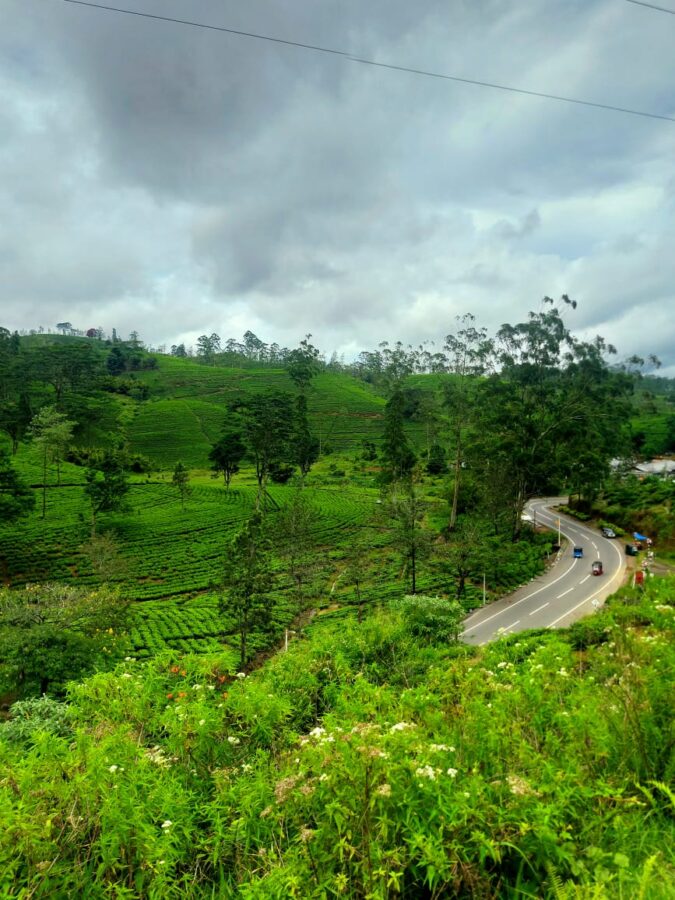
And when in Ella, do cover the basics – chase the waterfalls in the vicinity of the town, walk down the train tracks to reach the nine-arches bridge, eat your way to the some of the best cafes in the country, and breathe in the Bohemian vibes of the town. Try on some smoothie bowls, avocado toasts, and wood-fired pizzas, or some authentic Sri Lankan cuisines – food is tad better than other places in Ella.
And then the rush game. Take a two-hour long hike to the Little Adam’s Peak in the morning to catch the first rays of the sun. You can also hike to Ella rock which is about a 4-hour challenging round trip hike from Ella town depending on where you start and how fast you walk.
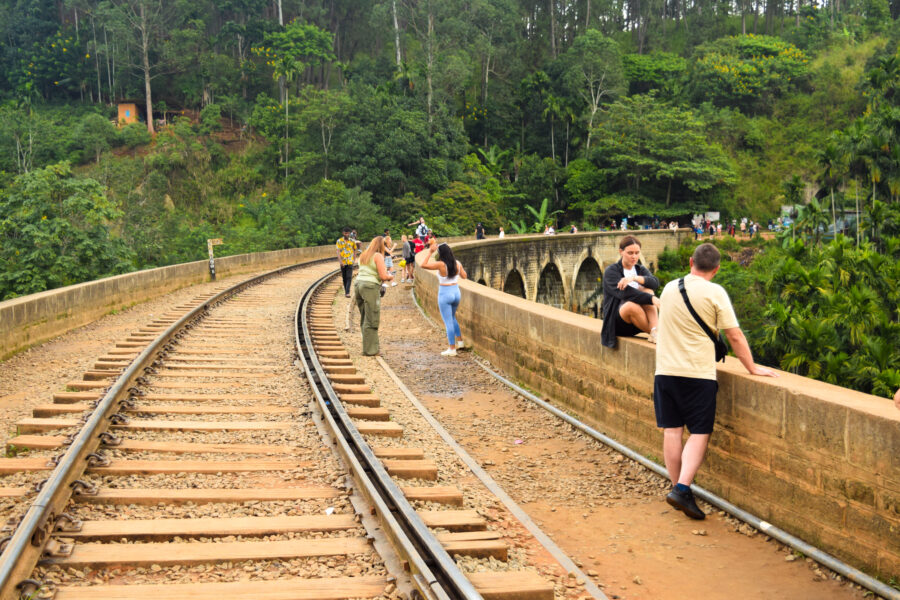
Read my full blog here: The magic of Ella
Day 7 & 8: Mirissa
Mind you, you might spend the entire day on bus from Ella to Mirissa, or to the nearest town Welligame. But the journey from the rolling hills to the plains, and then the beachside, is worth everything.
Welcome the change of landscape. It’s time to unburden, surf and slay on the beach, and just laze around. The last three days are for exploring the beachside – from Mirissa, Galle to Hikkaduwa. These three perfect spots give you the best of the Sri Lankan beachside, packed with unforgettable experiences like whale watching, swimming with turtles, or taking a walk through an old town.
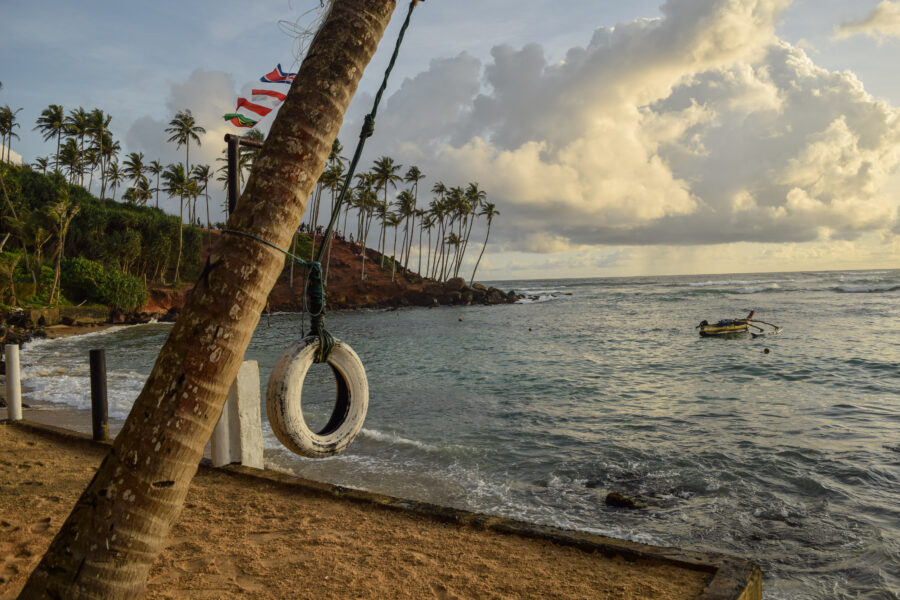
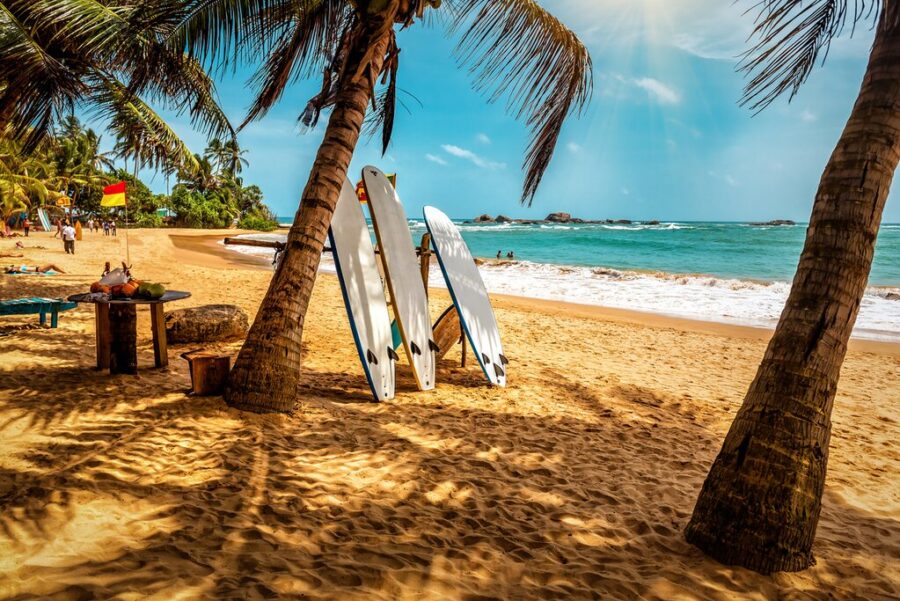
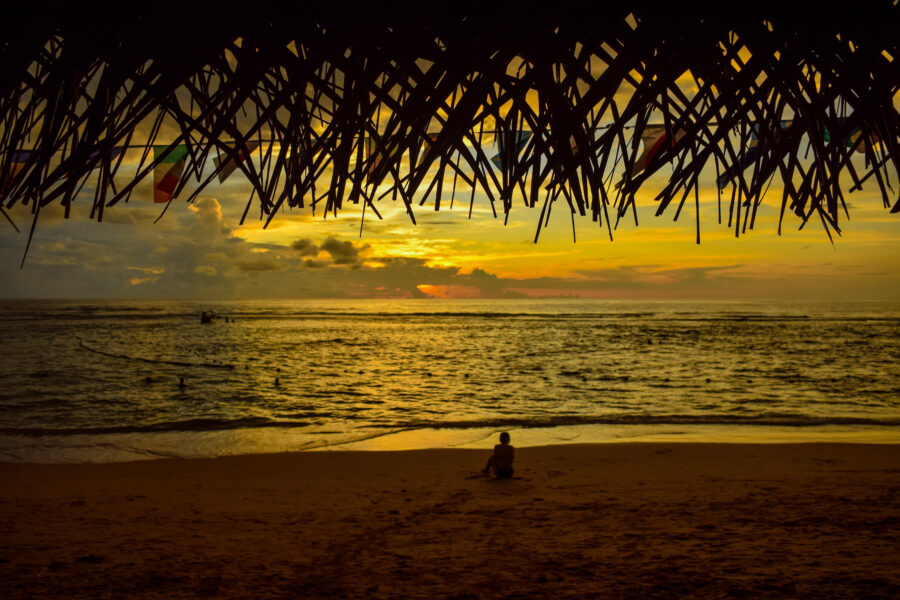
For sea lovers, Mirissa offers a complete palette of experiences – from dazzling ocean views by day to cozy cafés, lively bars, and beachside parties that keep the rhythm going well into the night.
But first back to Mirissa – the first thing you should do is to get yourself on a whale watching tour in the morning. Once done with the tour, my suggestion would be to rent out a scooty or bike to explore the different beaches of Mirissa and then whisk you to lesser-known, less-crowded beaches scattered along the coast. Or simply do nothing at all – sink into a comfy café chair in Mirissa and watch the world drift by.
Read my full blog here: Mirissa: The best of Sri Lankan coastal campaign
Day 9: Galle
A made a short visit to Galle. I found the city a little chaotic, and so just spent half a day here to explore the historical old town and darted off to Hikkaduwa.
Calling Galle charming would be an understatement. Galle is more like an unsaid expression or feeling. Galle’s history goes beyond 2000 years, and its European legacy dates to 1500s. in time it has seen powers change hands, legacies passed down, and the old city renovate in new styles. What remained constant here is its charming mosaic of color, texture, and history. Today, this old town of Galle exists as a serene escape from the otherwise chaotic city, for its new inhabitants. The Galle fort area houses a working community of many artists, writers, photographers, designers, and poets, who now call it home.
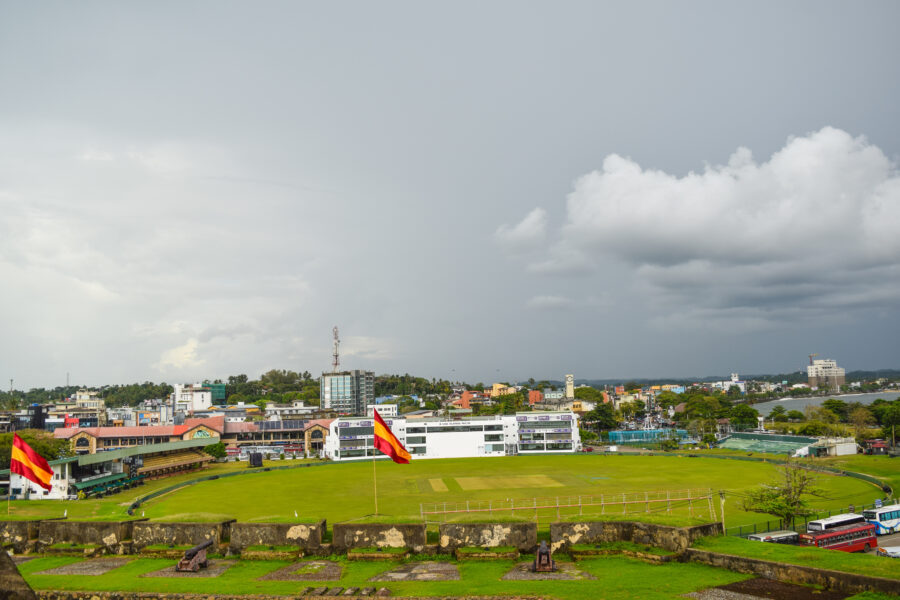
The best way to explore it to do in DIY style on foot, or hire a Tuk-tuk which can take you around. The history here, is however, best savoured slow. The Galle fort which also overlooks the Galle cricket stadium, with its ramparts, stays as the main attraction of the area. Then there is The Galle National Museum, oldest Dutch building in the fort, constructed in 1656. And on the same street are Galle library, Galle post office, Galle maritime museum, and a beautiful Anglican Gothic Revival-styled All Saint’s Cathedral.
Do pencil in some time for the Parawa and Pedlar streets for some shopping. This part of Galle is lined with cafes, souvenir shops, bars, hotels, and boutiques. This is a place to sit down, and breathe in the crisp, salty air of Galle. Try some heritage building turned cafes like the Pedlar’s Inn Café, a stunning 250-year-old Dutch house. Or lounge at the old Dutch Hospital which has been turned into a shopping area.
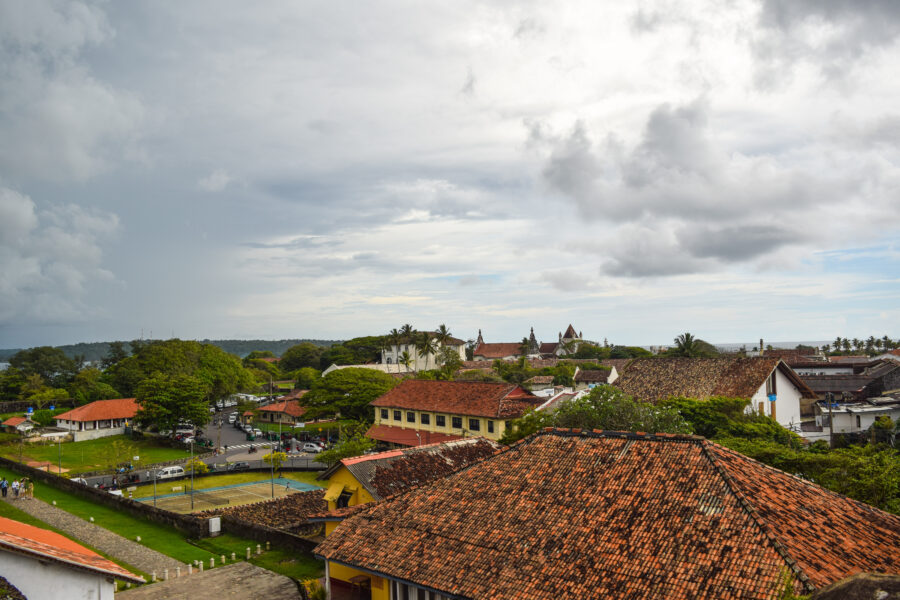
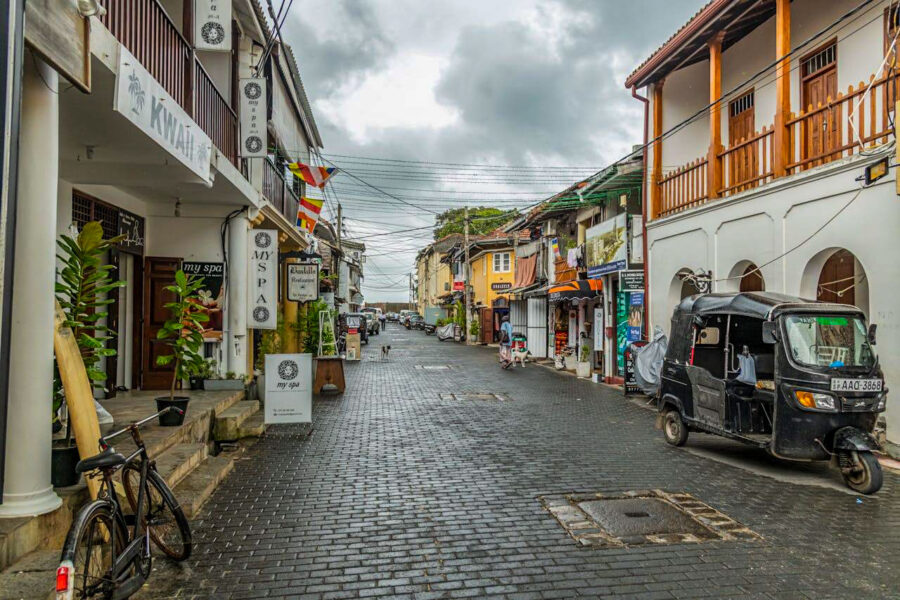
Galle isn’t a place that calls for a typical ‘to-do’ list. Explore it slow, on foot, and see how every corner turns into a storyteller. If you wanna soak in more of this history, stay here for the night.
Read my full blog here: A Day in Galle: Wandering through the Fort
Day 10 & 11: Hikkaduwa
Hikkaduwa is just an hour away from Galle, on a highway running parallel to the ocean. Hikkaduwa is a small beach town which has rose into prominence owing to its shoreline, and an excellent place for surfing and snorkelling. The golden sands, swaying palms, and crystal-clear waters of Hikkaduwa are enthralling. And this is one of the finest places in Lanka to swim with the turtles and do snorkelling.
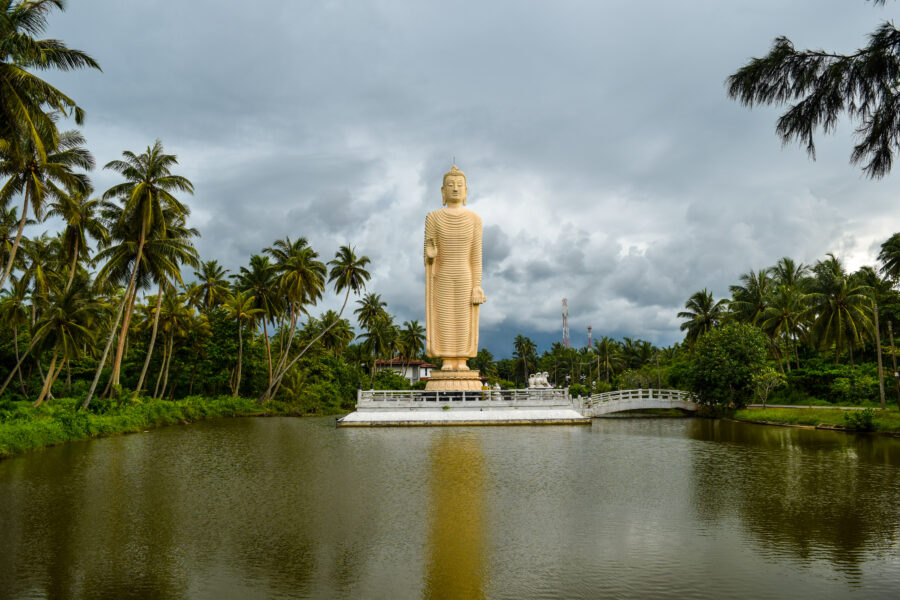
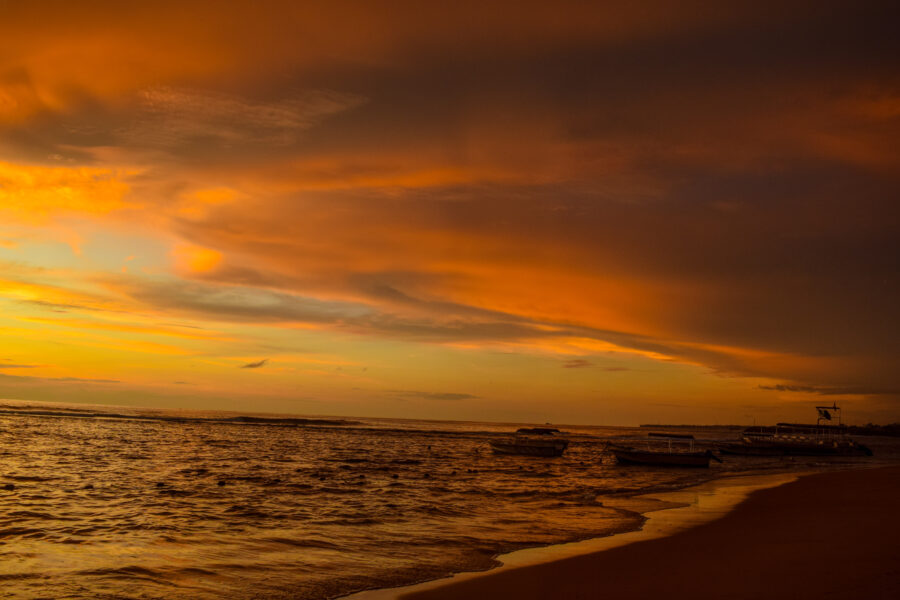
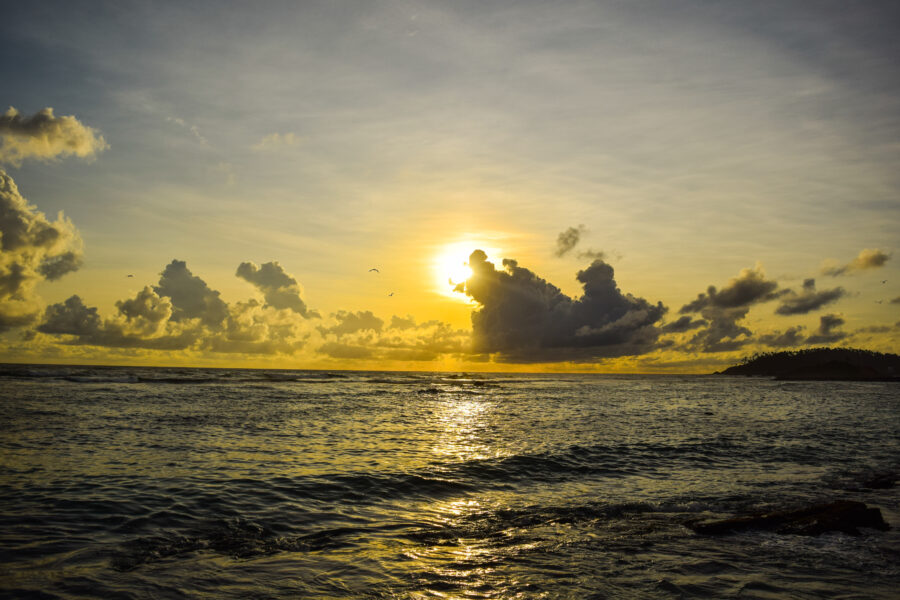
And Hikkaduwa has a vibrant side beyond its beaches. You can hire a Tuk-tuk to visit the Ambalagoda Mask workshop, take a detour to the mangroves, or visit the Tsunami museums. The Tsunami Museum is one of its kind of experiences. And if nothing else, you can indulge in some souvenir shopping from the street shops. In my experience, Hikkaduwa is one of the best places to buy souvenirs from.
Read my full blog here: Hikkaduwa uncovered: Beyond beaches and turtles
Day 12: Back to Colombo
This would be your last day or a pre-final day in Sri Lanka. Spend this to relax and live the beauty of this vibrant capital city. If you have already covered the pretty monasteries and Stupas in the city, spend time at the National Museum knowing more about Sri Lanka’s past. The other famous museums include National Railway Museum, Traditional Puppet Art Museum and Colombo Port Maritime Museum. Venture to the upscale neighborhood of Cinnamon Garden and the Kollupitiya where you will find the museums and art galleries, and boulevards in the vicinity.
And then there is always the Galle Face Green for some beach side relaxation, and the Galle Face Mall for some entertainment.
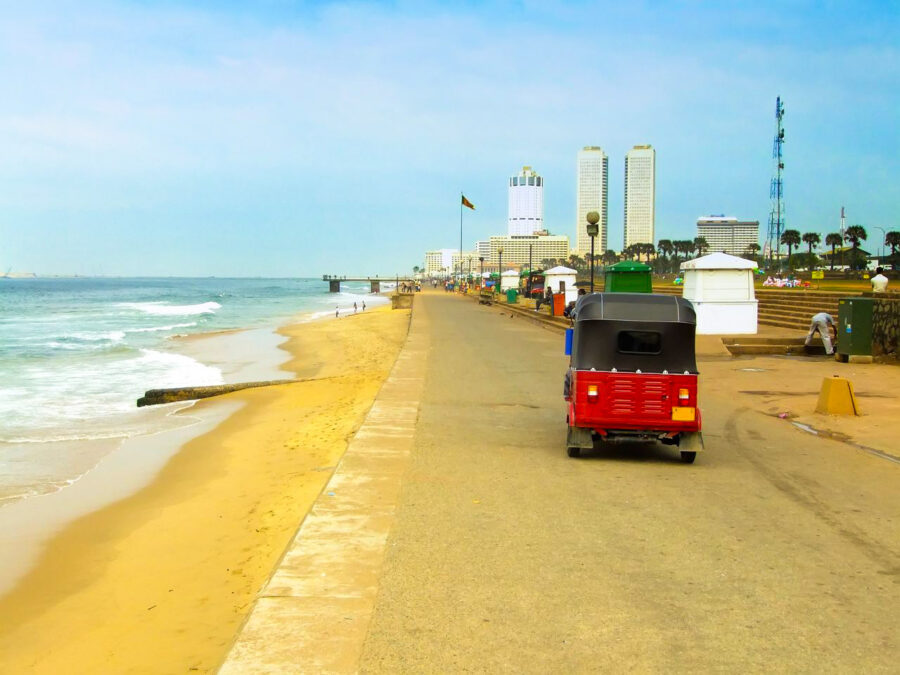
This marked the end of my Sri Lankan itinerary—a journey that felt far too short for an island so rich in beauty and culture. If you have more time on your hands, I’d highly recommend stretching this plan into a two-week adventure. Take leisurely breaks between destinations, linger longer in the hill towns, or simply soak in the sun at the coast. I left with a few things still on my wishlist—trekking deeper into the scenic trails around Horton Plains, and the joy of renting a scooter to wander freely through the charming coastal towns and hidden beaches. Sri Lanka is best savoured slowly, with time to let its rhythm unfold and its landscapes surprise you.

